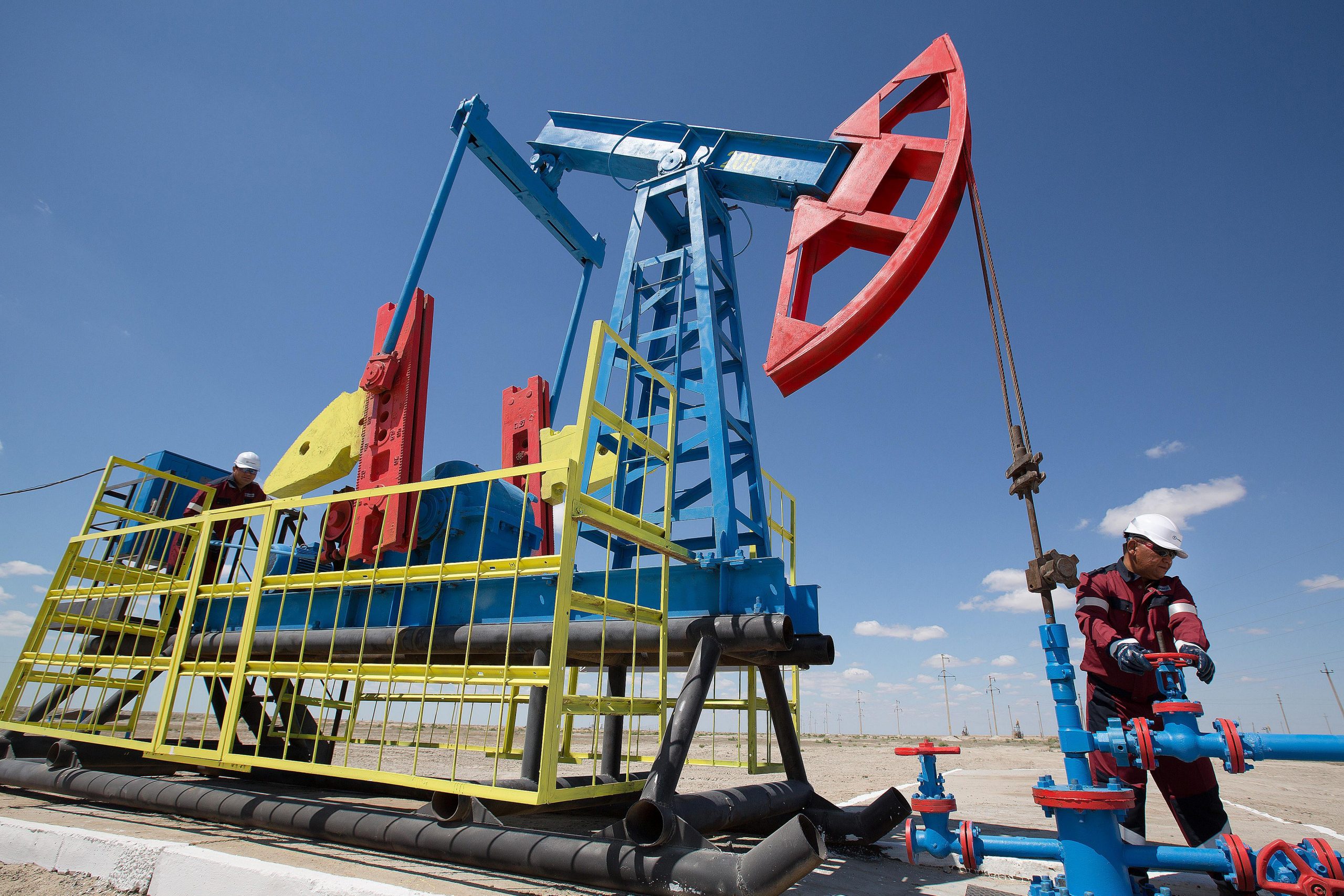Commodities
Anadolu: global oil demand will reach record levels in 2023

According to analysts of the International Energy Agency (IEA), the global oil demand will reach a record high of 101.72 million barrels per day this year, writes Anadolu observer Firdevs Yuksel.
He noted that in his monthly report on the IEA oil market, the forecast for Brent crude oil demand for 2023 was revised upward by 80,000 bpd compared to the previous forecast.
Analysts believe global oil demand will increase by 1.87 million bpd this year from last year to reach 101.72 million bpd. This number is seen as the highest level of all time.
It is reported that 50 percent of the anticipated increase in global oil demand will come from China on the back of the phasing out of anti-coke restrictions.
Analysts also forecast that jet fuel will still be the largest source of growth with an increase of about 840,000 barrels per day.
According to the IEA, global oil production last month decreased by 860 thousand barrels per day compared to the previous month, to 101.01 million barrels.
As for OPEC’s daily crude oil production last December, it fell by 40 thousand barrels to 29.019 million barrels compared to the previous month. At the same time, unconventional OPEC production other than crude oil was at 5.29 million barrels per day. Thus, OPEC’s daily oil production last month was 34.48 million barrels.
Non-OPEC production during the reporting period decreased by around 780,000 bpd to 66.52 million bpd compared to the previous month, Anadolu writes.
Earlier we reported that Bloomberg learned about the U.S. desire to maintain the level of the oil price ceiling.
Commodities
Oil prices rise; U.S. crude inventories plunge, Russia-Ukraine truce eyed
Commodities
India’s Reliance to stop buying Venezuelan oil over US tariffs, sources say
Commodities
Oil prices climb on Venezuela supply worries

 Forex3 years ago
Forex3 years agoForex Today: the dollar is gaining strength amid gloomy sentiment at the start of the Fed’s week

 Forex3 years ago
Forex3 years agoUnbiased review of Pocket Option broker

 Forex3 years ago
Forex3 years agoDollar to pound sterling exchange rate today: Pound plummeted to its lowest since 1985

 Forex3 years ago
Forex3 years agoHow is the Australian dollar doing today?

 Cryptocurrency3 years ago
Cryptocurrency3 years agoWhat happened in the crypto market – current events today

 World3 years ago
World3 years agoWhy are modern video games an art form?

 Commodities3 years ago
Commodities3 years agoCopper continues to fall in price on expectations of lower demand in China

 Economy3 years ago
Economy3 years agoCrude oil tankers double in price due to EU anti-Russian sanctions



























